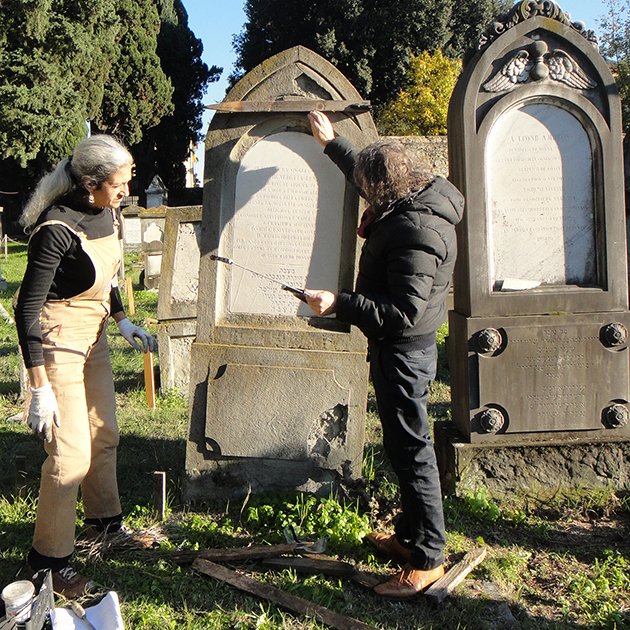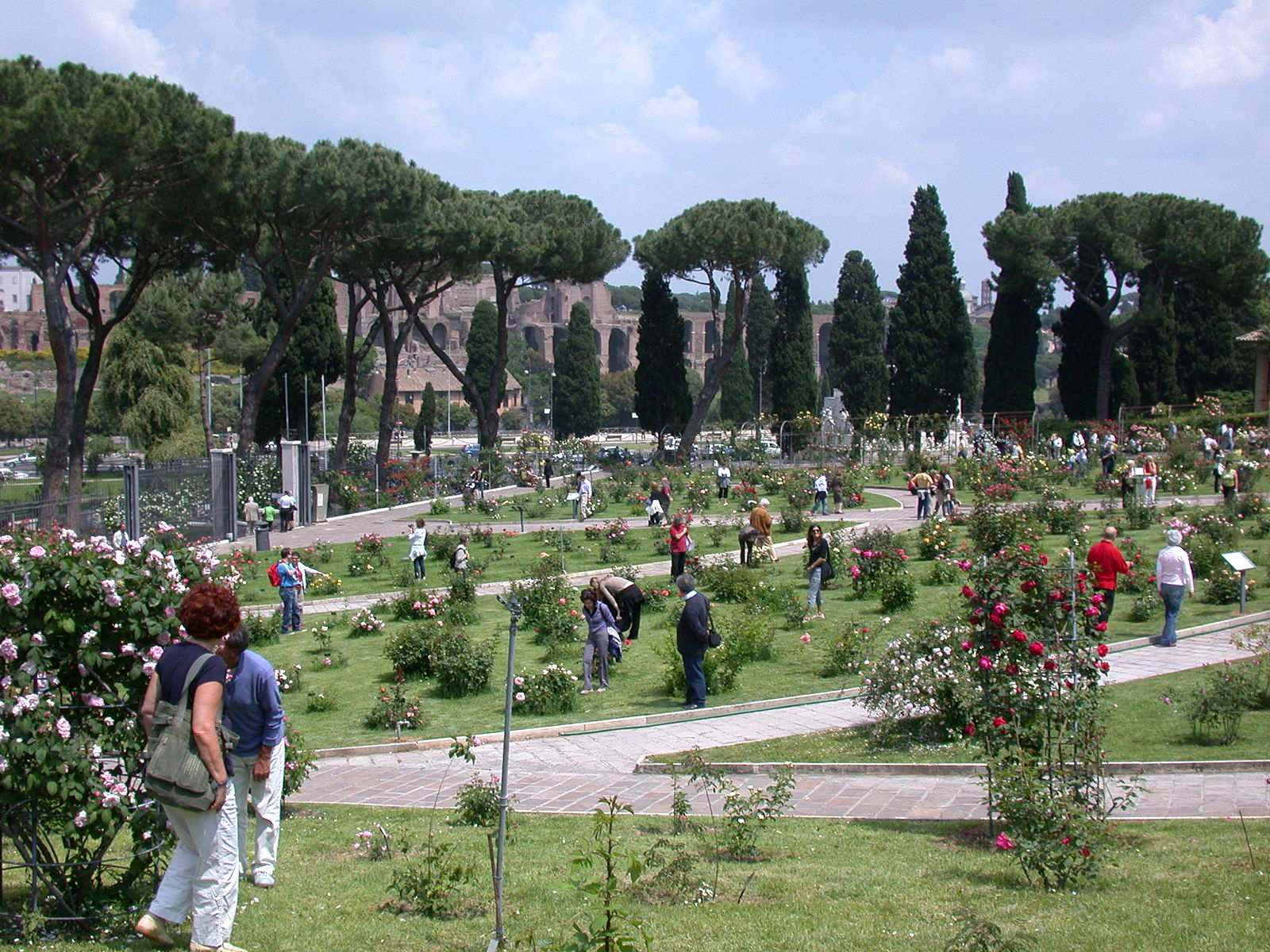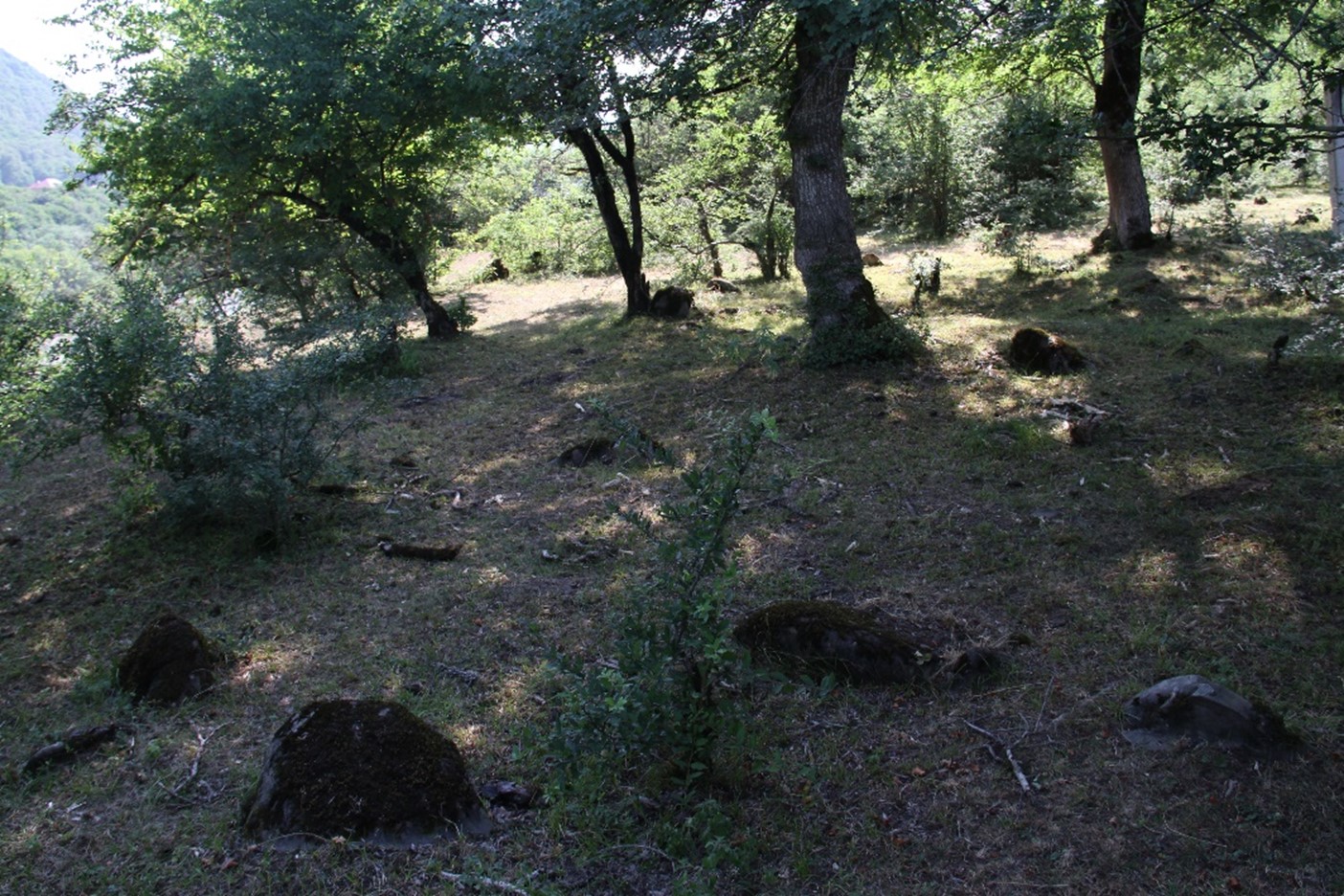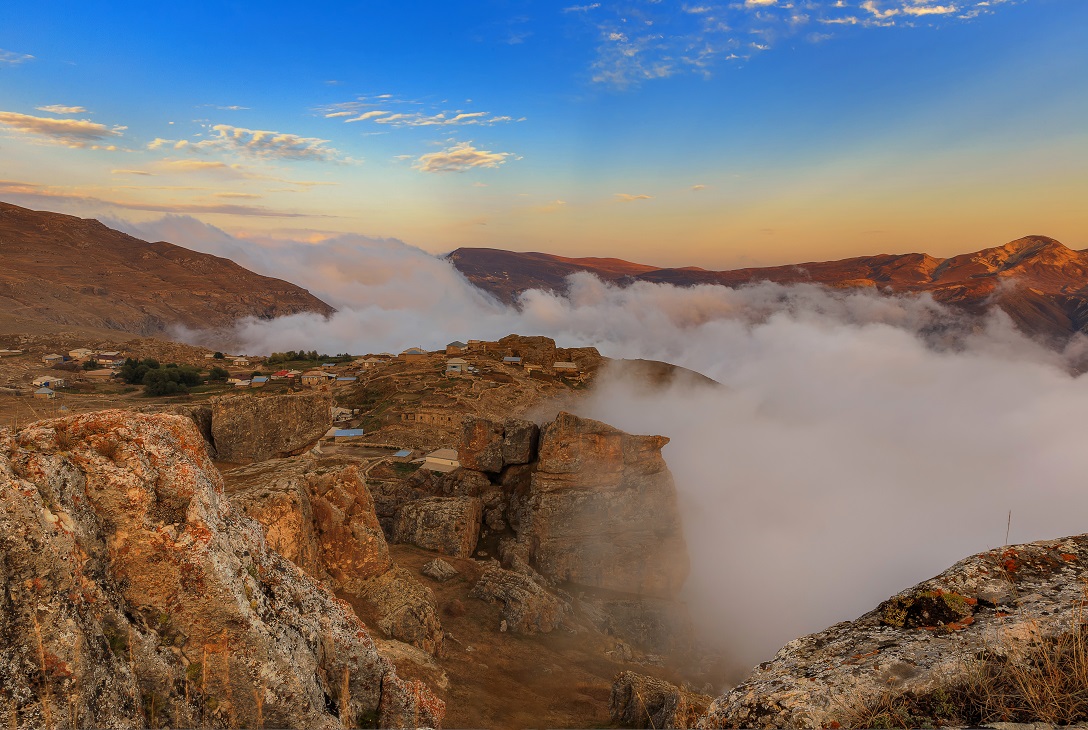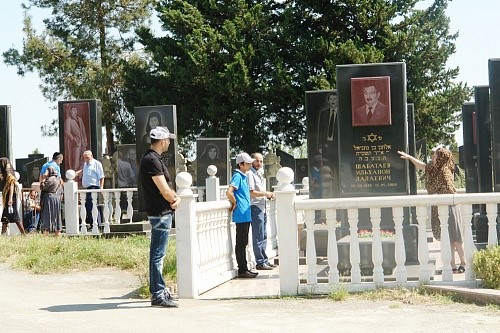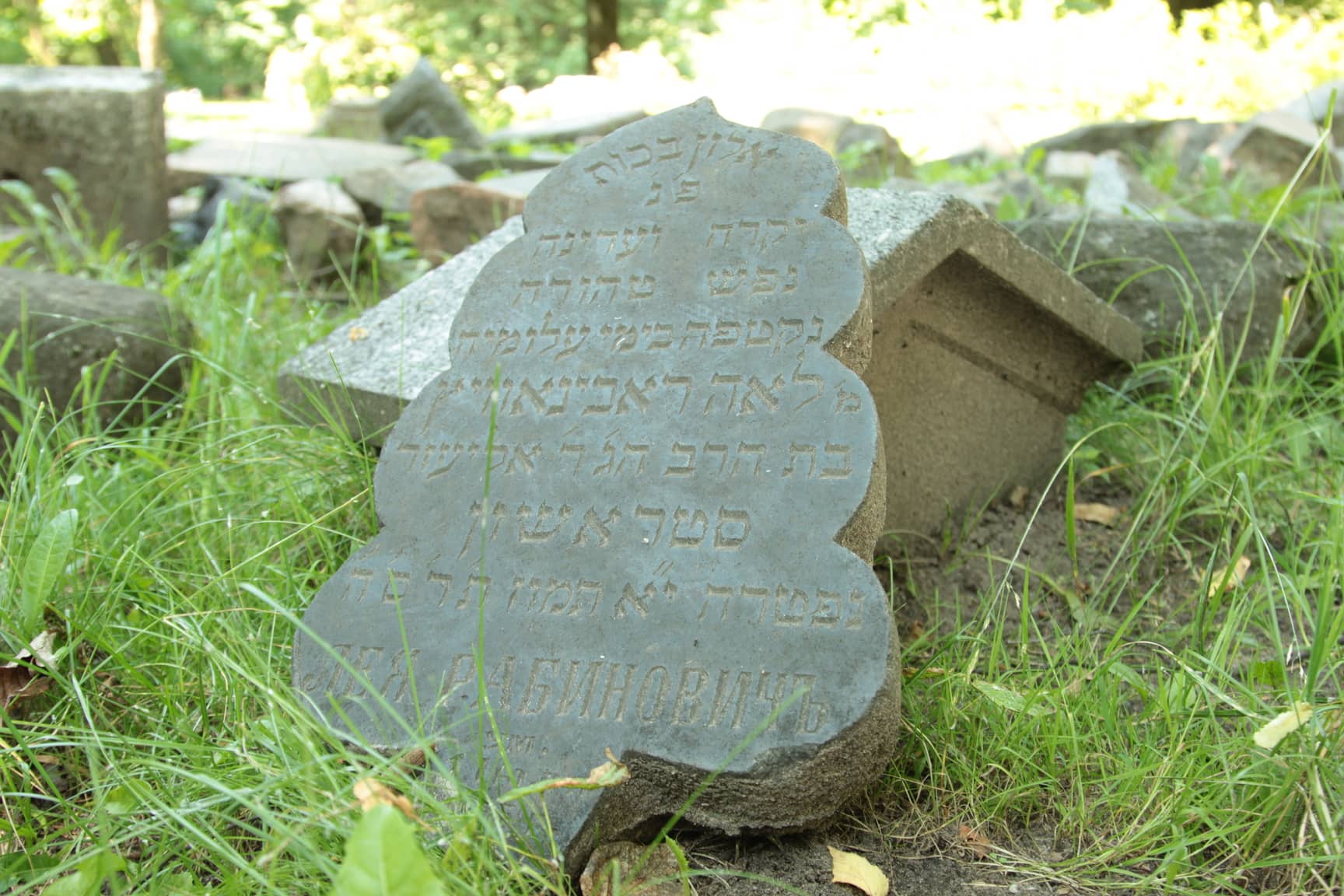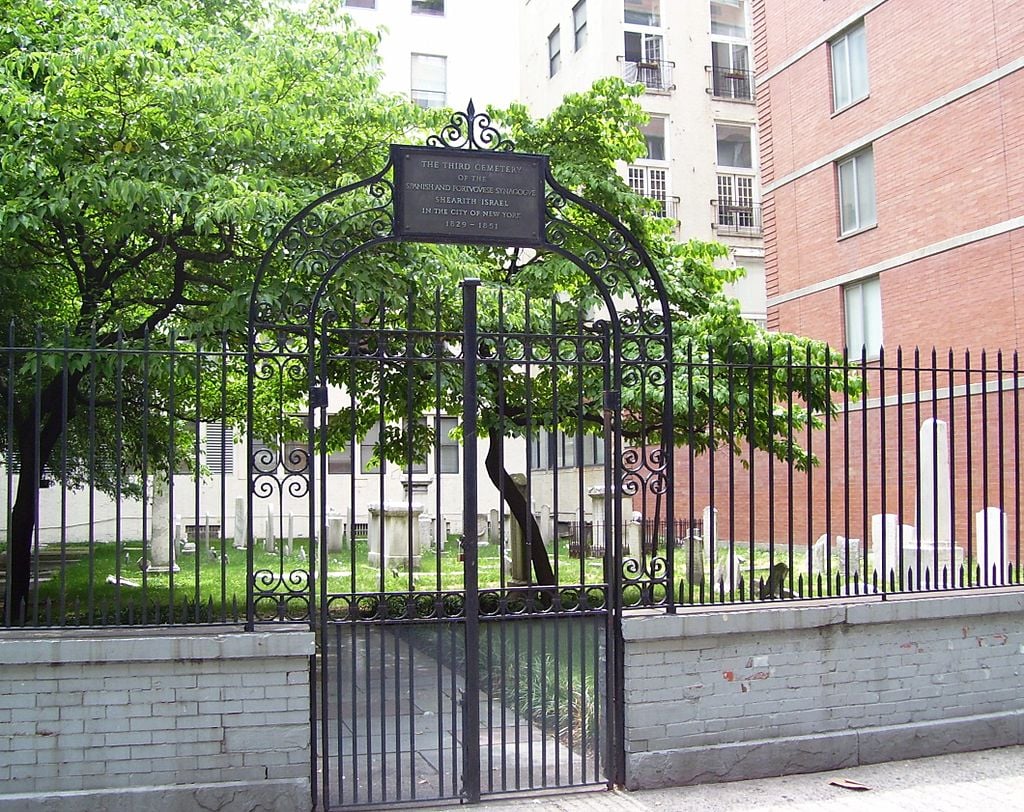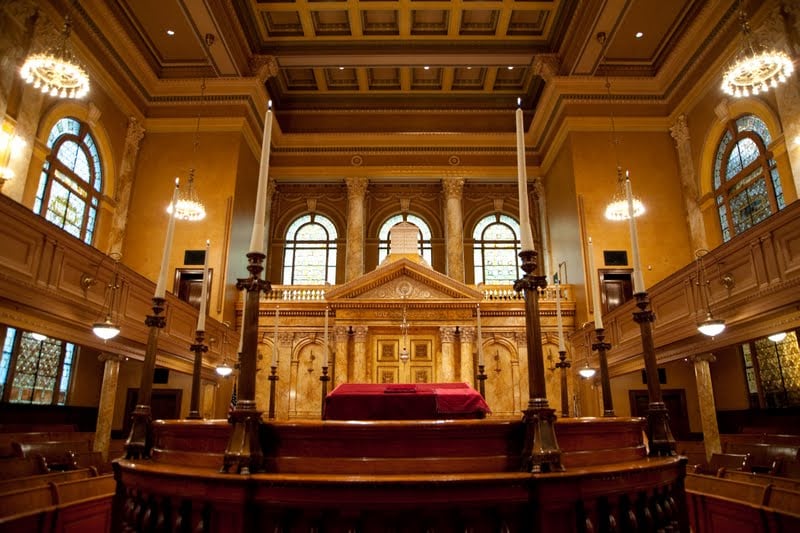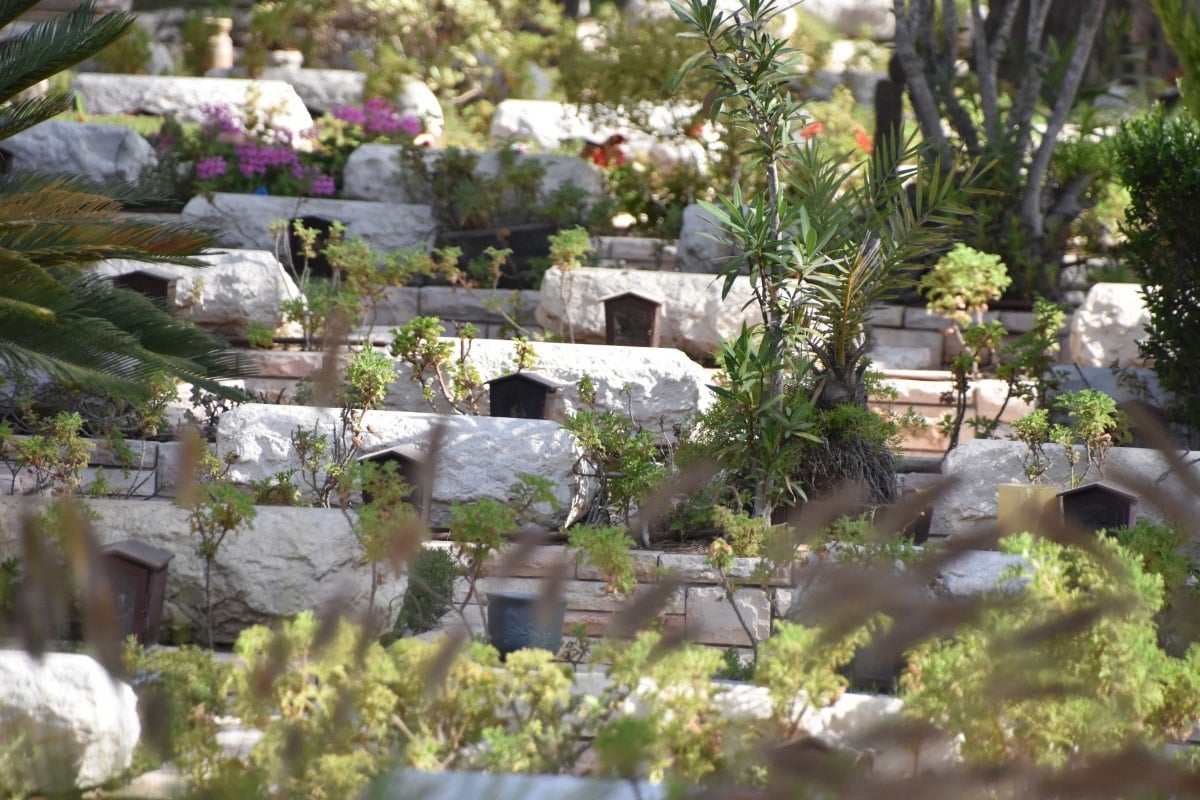“A corner of the city that’s hidden and unfamiliar even to most Florentines themselves”: such is the Jewish Monumental Cemetery, which opened in 1777 outside the gate of San Frediano and remained in use until 1870. A tall perimeter wall acts as a jealous guardian to protect, like a precious chest, a major cultural treasure. It is made up of funerary chapels and monuments, such as Cav. David Levi’s Egyptian pyramid-shaped tomb, which are timeworn yet worth visiting to discover this atmospheric place, which is emblematic of Jewish society. While there are none of the figurative works found in other Jewish cemeteries, some of the tombs are nothing short of sculptures, of considerable artistic value. Equally interesting are the funerary chapels in neo-Egyptian and neo-Renaissance style, such as that of the Franchetti family. The same styles are found in the oldest part of the Rifredi cemetery (13, Via di Caciolle), designed by Marco Treves (one of the three architects who designed the Tempio Monumentale) between 1881 and 1884. The recently-restored mortuary chapel takes the form of a central-plan temple in Renaissance style, with painted decorations on the inside. Jewish tradition does not allow for bodies to be exhumed, except in a few specific cases; generally more than one cemetery or “campaccio”, the term used to denote Jewish burial grounds, was found in each city. When the whole area had been covered by tombs, a new plot needed to be found, even though human and municipal circumstances often flouted this rule, requiring remains and tombstones to be moved elsewhere.
Site Tag: Cemetery
Verano Monumental Cemetery
The Verano Cemetery was established during the Napoleonic rule (1808-1814), and has a Jewish section since 1895. The entrance on Via Tiburtina joins the avenue that leads to the burial chapel (tempietto). On 16 October 1952, a stone monument commemorating Roman deportees by architect Angelo Di Castro was placed in front of it. On the back the Memorial to the Jews who died in Libya, by Eddy Levy and Massimiliano Beltrame, unveiled in 1977.
Numerous funerary monuments are noteworthy. They illustrate the changing social condition of the local Jews and are a key to the understanding of the prestige attained by various families. A world away from the more modest, austere graves of Jewish tradition, the Jewish cemetery is filled with decorations and figures, some of an allegorical nature, some depicting the deceased themselves. In line with the design of the time, there are eclectic tombstones with historic and oriental touches; sometimes one can make out references to the architecture of the new synagogues, such as in the Campos family chapel, designed by 1909 by Marcello Piacentini with clear references to the Tempio Maggiore.
Municipal Rose Garden
The Municipal Rose Garden at the foot of the Aventine was once the Jewish cemetery, prior to its transfer to the Campo Verano.
The previous cemetery at Porta Portese had been abandoned, having been fenced off and reduced in 1587 and eventually seized. A new site at the foot of the Aventine Hill was purchased, expanded several times, and remained operational from 1645 to 1895.
However, in 1934 the Jewish Community was forced to sell the now unused burial ground because of the plan to free the Circus Maximus and open up Via di Valle Murcia. Three hundred and seventy-two tombs and several monuments from the more recent section were transferred to the Campo Verano.
In memory of this place’s previous identity, the pathways of the Rose Garden were laid out in the shape of a menorah, the concentric seven-branched candlestick described in the Bible as being among the ritual ornaments Temple of Jerusalem. The Community also decided to honour the memory of the former Jewish cemetery by placing a stone with the Tables of the Law near the entrance.
Old Qulqat cemetery in the village of Qeleduz
Six to seven km away from Qirmizi Qasaba along the main highway to Qusar, just after the village of Qeleduz (Qələdüz), one can find an ancient cemetery, which is believed to the cemetery of the ancient Jewish settlement of Qulqat.
Qriz village
Qriz is a village on the eastern slope of the Shahdagh mountains inhabited by a small ethnic group of Qriz people. According to the legend, Jewish populations found shelter in Qriz, as well as other high mountains around it, during the persecutions of Nadir Shah.
Cemetery in Qirmizi Qasaba
The cemetery of Qirmizi Qasaba is located higher than the village on the slope of the hill. The earliest gravestones here date back to 1807 and 1814.
Cemetery at Jewish Street
On the site of the former Minsk ghetto, there was a place of execution of Jews, where at that time burials were transferred from the cemetery, which was located on the site of the present Dynamo stadium. The cemetery, which existed from 1868 to 1946, was closed at the beginning of the 1970s, and in 1990 it was completely liquidated in order to establish a park.
Image credit: The Together Plan – subject to copyright ©
Cemeteries of Congregation Shearith Israel
Shearith Israel was the only Jewish congregation in New York City from 1654 until 1825. During this entire span of history, all of the Jews of New York belonged to the congregation. Shearith Israel was founded by 23 Jews, mostly of Spanish and Portuguese origin. The earliest Jewish cemetery in the U.S. was recorded in 1656 in New Amsterdam where authorities granted the Shearith Israel Congregation “a little hook of land situated outside of this city for a burial place.” Its exact location is now unknown. The Congregation’s “second” cemetery, which is today known as the FIRST cemetery because it is the oldest surviving one, was purchased in 1683.
Today, this cemetery is a mere fragment of its original extent. Only about a hundred headstones and above ground tombs can still be seen in what remains of the old burial ground, which rises slightly above street level. It is the only remaining 17th century structure in Manhattan.
The second cemetery – now known as “New Bowery Cemetery”. Burials began here in 1805, in what was a much larger, square plot extending into what is now the street. The Commissioners’ Plan had established the city’s grid in 1811, but not until 1830 was West 11th Street cut through, at that time reducing the cemetery to its present tiny triangle. The disturbed plots were moved further uptown to the Third Cemetery on West 21st Street. In 1852 city law forbade burial within Manhattan, and subsequent interments have been made in Queens.
The third cemetery is between loft buildings and across the street from the School Of Visual Arts on West 21st St just off 6th Avenue is the Third Cemetery. This cemetery was adjacent to the congregation’s synagogue on 19th Street–built in 1860 and now long gone.
Congregation Shearith Israel
The Congregation Shearith Israel – often called The Spanish and Portuguese Synagogue – is the oldest Jewish congregation in the United States. It was established in 1654 in New Amsterdam by Jews who arrived from Dutch Brazil. Until 1825, when Jewish immigrants from Germany established a congregation, it was the only Jewish congregation in New York City.
The Orthodox synagogue, which follows the Sephardic liturgy, is located on Central Park West at 70th Street, on the Upper West Side of Manhattan. The congregation has occupied its current Neoclassical building since 1897.
The first group of Spanish and Portuguese Jews were twenty-three refugees from Dutch Brazil, who arrived in New Amsterdam in September 1654. After being initially rebuffed by anti-Semitic Director of New Netherland Peter Stuyvesant, Jews were given official permission to settle in the colony in 1655. This year marks the founding of the Congregation Shearith Israel. Although they were allowed to stay in New Amsterdam, they faced discrimination and were not given permission to worship in a public synagogue for some time (throughout the Dutch period and into the British). The Congregation did, however, make arrangements for a cemetery beginning in 1656.
It was not until 1730 that the Congregation was able to build a synagogue of its own; it was built on Mill Street (now William Street) in lower Manhattan. The Mill Street synagogue was said to have had access to a nearby spring which it used as a mikveh for ritual baths. Before 1730, as noted on a 1695 map of New York, the congregation worshipped in rented quarters on Beaver Street and subsequently on Mill Street. Since 1730 the Congregation has worshipped in five synagogue buildings; the current building was extensively refurbished in 1921.
As the American Reform Judaism made headway in the late 19th century, many rabbis critical of the Reform movement looked for ways to strengthen traditional synagogues. Shearith Israel, and its rabbi, Henry Pereira Mendes, were at the fore of these efforts. Rabbi Mendes cofounded the American Jewish Theological Seminary (JTS) in 1886, in order to train traditional rabbis. The school held its first classes at Shearith Israel. In JTS’ earliest days, it taught and researched rabbinics similarly as was done in traditional yeshivas, in contrast to the Reform Hebrew Union College.
Twelve years later, in 1896, Mendes was acting president of JTS. He promoted the formation of the Union of Orthodox Jewish Congregations of America (commonly known as the OU, the Orthodox Union). This synagogue umbrella group provided an alternative to the Reform movement’s Union of American Hebrew Congregations.
As JTS grew, it needed better financing and a full-time head. The seminary moved to its own building, and Mendes was replaced by Solomon Schechter. However, Schechter developed a less traditional approach, which became the basis for Conservative Judaism (called Masorti outside North America). Initially there was considerable cooperation between the Orthodox and Conservative groups but, over time, the divide became clearer.
Schechter formed the United Synagogue of America (now the United Synagogue of Conservative Judaism, or USCJ) to promote synagogue affiliation with his conservative ideology.
Shearith Israel remained aligned with the Orthodox tradition. It eventually repudiated its association with JTS. In a sense, Shearith Israel helped create three of the largest and most significant Jewish religious organizations in the United States: JTS, the OU, and USCJ. Shearith Israel remains a member only of the Orthodox Union.
Mount Herzl
Mount Herzl (Hebrew: הר הרצל), also Har HaZikaron (Hebrew: הר הזכרון lit. “Mount of Remembrance”), is the site of Israel’s national cemetery and other memorial and educational facilities. It is found on the west side of Jerusalem beside Jerusalem Forest and named after Theodor Herzl, the founder of modern political Zionism. Herzl’s tomb lies at the top of the hill while Yad Vashem, Israel’s official memorial to the victims of the Holocaust, lies to the west of Mt. Herzl. Israeli fallen soldiers are also buried there. Mount Herzl is 834 meters above the sea. Every plot section in Mount Herzl has a broad plaza for memorial services. Most state memorial ceremonies for those killed at war are conducted in the National Military and Police cemetery.
